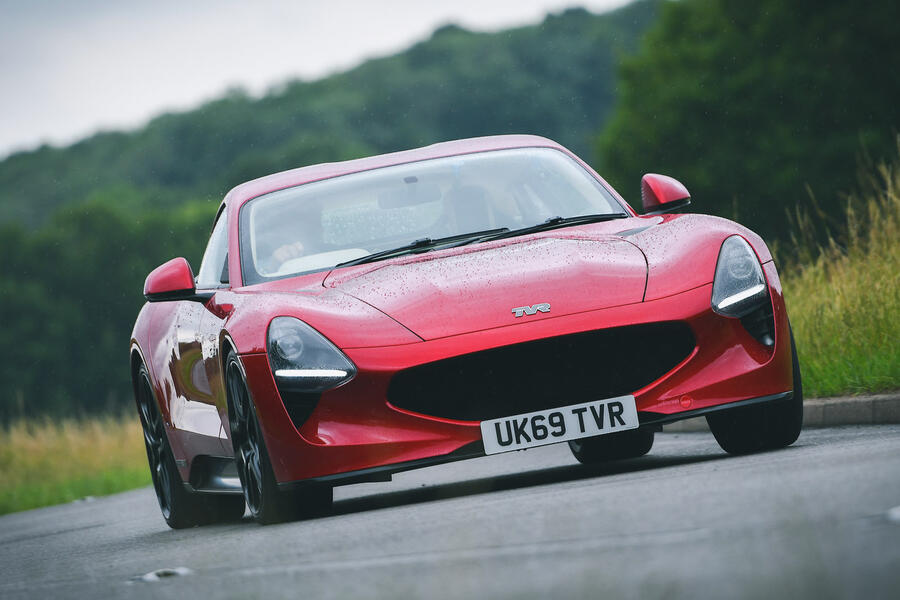TVR has outlined a bold 18-month plan to reboot its activities and bring its Griffith sports car to production in 2022 by raising new funds in the bond market and pressing ahead to fit out its assembly facility in Ebbw Vale, Wales.
The revitalised firm, whose principal directors, chairman Les Edgar and operations chief John Chasey, were joined late last year by a new CEO, Jim Berriman, is now in the throes of raising £25 million on the Dublin bond market – Europe’s largest. The bosses calculate that by the time TVR starts building cars, it will have spent around £45m on the project.
TVR already holds orders worth around £40m for the 200mph Griffith, which was revealed at the Goodwood Revival in 2017. The company says it continues to enjoy the support of an “amazingly passionate” body of around 500 potential owners who each contributed holding deposits of between £2500 and £5000 more than two years ago to join the waiting list for the first batch of Launch Edition cars, which are priced at around £90,000.
“It’s no secret that this project has turned out to be tougher than we expected and has taken longer,” Edgar told Autocar. “But we’re all still completely dedicated to building a sustainable sports car business. Many of the delays have been caused by problems beyond our control.”

Edgar cited the example of an unforeseen European Union requirement for the Welsh government to offer the factory-fitting contract to bidders across Europe, which resulted in an 18-month delay.
The contract has now been let to a local company, which has issued a detailed schedule of works and is ready to go. But another delay has been the understandable preoccupation with Covid-19 of the Welsh government – which is a 3% stakeholder in TVR’s project and the provider of a £2m loan.







































Join the debate
Add your comment
TVR Griffith
Thank You!
Thank you Tuscan driver, serious sentiment from a Margue owner. As per my previous post, if you put down a deposit, grab it and run a mile. On the way, stop at your local Porsche dealership and place an order for a 718 Spyder - manual of course, you will forever thank me.
meh...
looks so similar to other cars, TVR used to be wildly mad in design. plus yet another UK car using a US engine, not really british apart from possibly building it here. I would have bought the previous TVRs if i had the money but i wouldn;t waste a bean on this one
I already knew who the writer
I already knew who the writer was of this article before I clicked on it
erolorhun wrote:
Fair point, Steve Cropley may not write as unbiased new journalist but he isn't he's a grandee of jornalism. So I'd read this more as op-ed, "C'mon you Brits." type thing. What's evident is that TVR asked Autocar to adress the valid comments here. I'd suggest that Steve might like to say that's what's he's done in this amended piece. It shows Autocar listens and makes for a second piece.
What TVR have appreciated is that sentiment is negative and they needed to respond. I'll give then credit for that, and Autocar reporting it. I'd respectfully say that maybe revising the original piece isn't the way to do it?